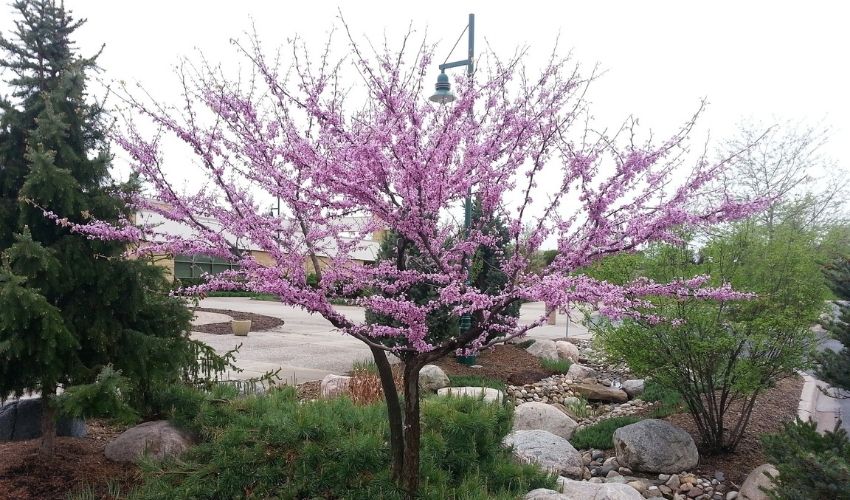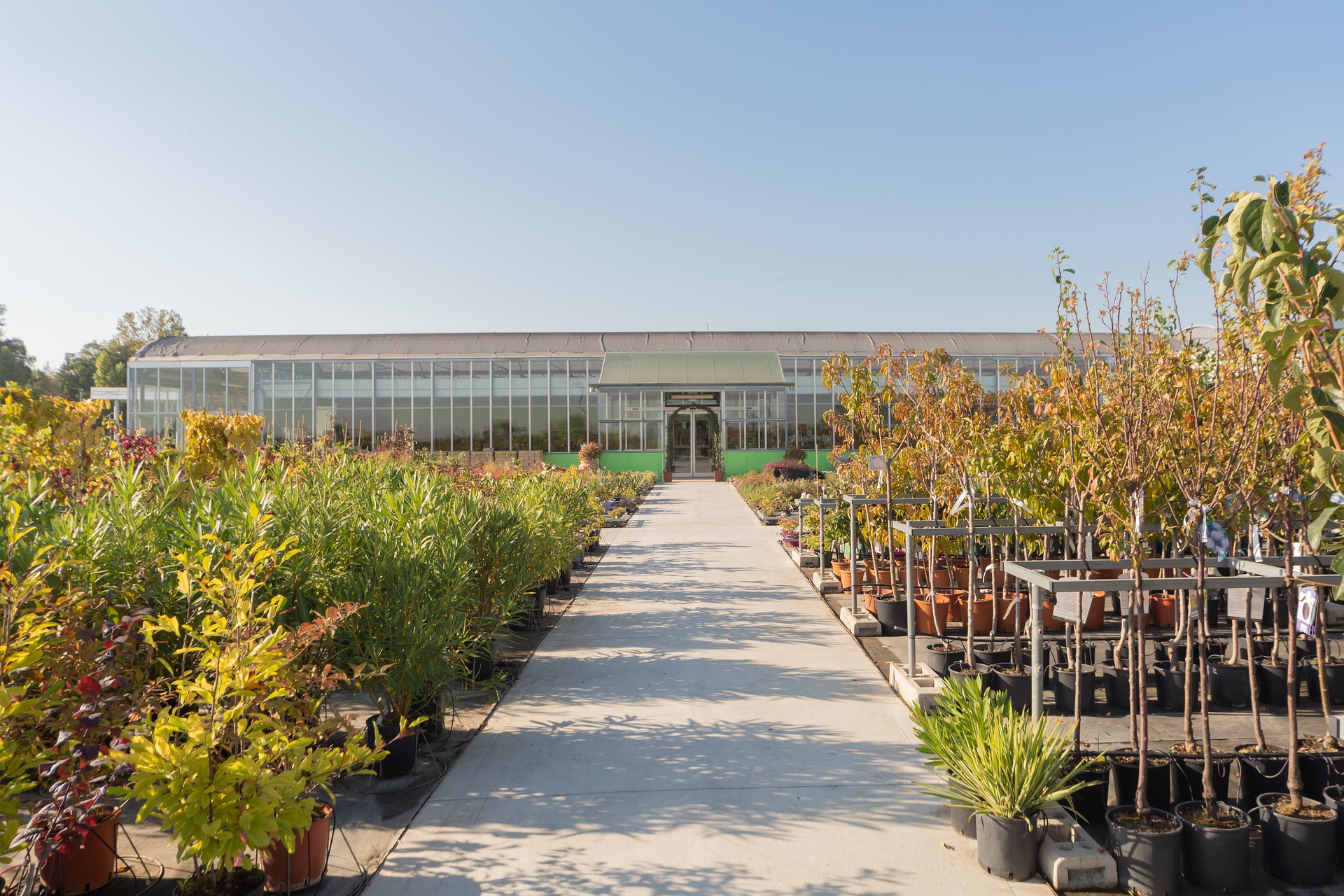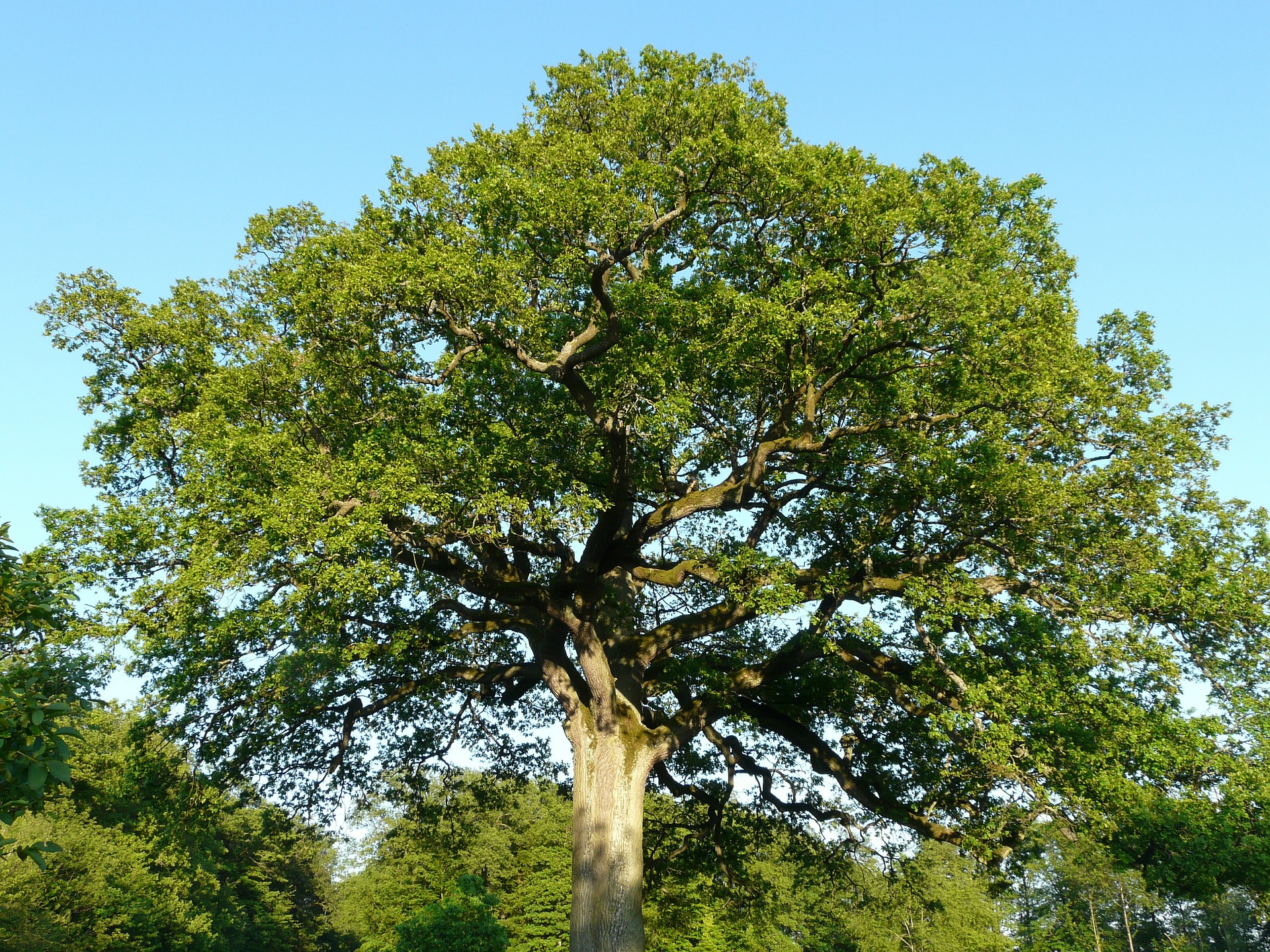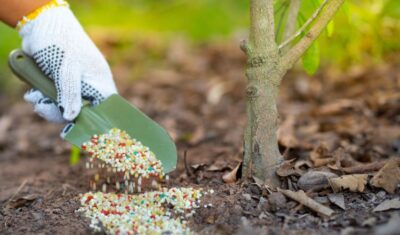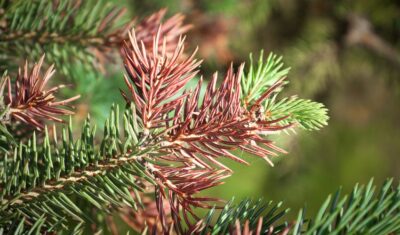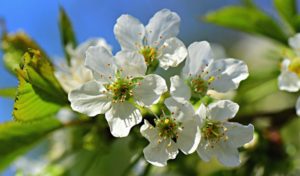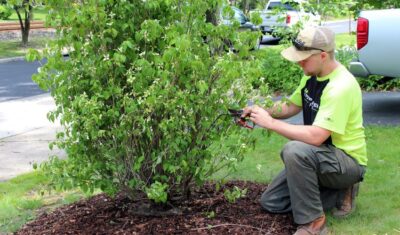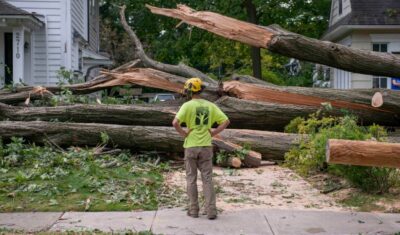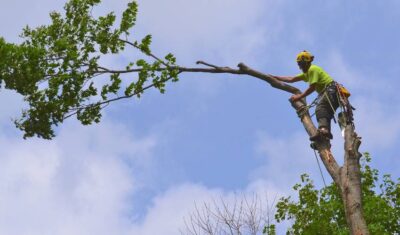We’re often asked whether it’s better to plant a larger tree than a small one, especially if you want it to make an impact in your landscape more quickly. In this article, we explain how to choose the best size tree to plant and why.
Specifically, you’ll learn:
- how to measure or describe tree size (there are several ways, and they all mean something different)
- what size trees are available for purchase
- why you may want to buy a large tree
- why you may want to buy a small tree (it’s not just because they tend to be cheaper)
- how to choose the right-sized tree for your garden or property
It can be daunting to go to a nursery and choose the “right” tree, so read on to learn what you need to know before picking out that perfect tree for your landscape.
How big a tree should I buy?
When you decide to plant a new tree, you should consider:
- how big your tree will be at maturity (to make sure it will fit where you want to plant it), and
- how big your tree will be when you first plant it.
Many of us think that buying a bigger tree is better because you’re getting more for your money. But when you buy a new tree, this isn’t always true.
When you’re looking for a new garden tree, you should first be looking for structural quality and form, rather than size and cost. There’s a good chance that the tree will outlive you so it’s important to ensure that it’s healthy and structurally sound before you plant it.
After that, size and cost will come into play. If you have a limited budget or if you don’t know how much trees of different sizes cost, check out a local nursery to get an idea of average tree prices. And remember that when you buy a tree from a nursery, you’re buying the tree’s history, which can include years of watering, pruning, fertilizing, and transplanting, as well as its transportation from growing ground to the retail nursery.
Why New Trees Aren’t All The Same Size Or The Same Price
Some tree species, such as the ginkgo, grow slowly while others, such as poplars, grow quickly. What kind of tree you choose, how big it is, and how much it costs are in part a reflection of how long the tree has been growing (and been taken care of at a tree farm or nursery).
How are trees sized and what does caliper mean?
When growers and nursery managers evaluate trees, it is by their trunk diameter and their height. There is no magic ratio that all trees must adhere to, but there is an acceptable range. The tree’s structure (its trunk and branches) has to support the tree’s height as it grows, so the size of each is related.
Caliper refers to the diameter of a tree’s trunk at a certain height from the trunk base. The standard measurement and acronym for this is the diameter at breast height, or DBH.
DBH is usually about 4 ½’ up from ground level. By setting a standard height, tree growers, nurserymen, contractors, landscape architects, arborists, and anyone else working with trees can consistently specify and evaluate trees.
Example: If you measure a tree and find it has a caliper of half an inch, you should expect to be looking at a tree that’s about as tall as an average adult, five to six feet. By comparison, a tree with a three-inch caliper can be 14-16 feet high or more.
The third part of this measurement triangle is root spread. A tree needs a large enough root ball to anchor the tree securely (and take up enough water and nutrients to sustain the tree). The larger a tree grows above ground, the larger the root ball should be. And, therefore, the larger the container it needs to be grown in.
Standard Tree Container Sizes
Potted or “Containerized” Trees – You’ll often find small trees or saplings in 5-gallon black nursery pots (or sometimes even smaller, depending on the type of tree). The largest container you’ll usually see trees sold in is 25 gallons and that’s about the maximum size a DIY’er can handle.
If you plan to plant the tree yourself, we recommend buying a containerized tree.
Balled and Burlapped (BYB) Trees – Trees can also be sold with the roots balled up and wrapped in burlap. This “balled and burlapped” (B&B) option is typically reserved for larger trees that require professional installation due to their size and weight.
Boxed Trees – Larger trees that require a large root ball will typically be sold in a special wooden box. The three-inch caliper tree we mentioned above, for example, will probably be in a 36” inch box, as this box size gives enough room for the tree’s root ball development. Buying and planting a boxed tree is definitely a job best left to a professional!
For more information about tree sizing and terminology, see the American Standard for Nursery Stock (ANSI Z60.1) published by the American Association of Nurserymen.
How big a tree can I buy and plant?
Trees of almost any size can be planted, but a good rule of thumb is the larger the tree the more complicated it is to transport, plant, establish in a new garden, and maintain. This is for several reasons, including the difficulty of planting a large tree, and the stress on a tree from being transplanted.
Your priorities for your new tree will determine what size it should be.
Pros & Cons of Buying a Large Tree
Plant a large, mature tree if:
- You want immediate impact in your garden
- Screening a view or have more privacy is needed
- You need more shade in your yard but don’t want to build a shade structure
- You want to match a new tree to your existing trees
On the other hand, there are some downsides to buying a larger tree. For example:
- The larger the tree, the higher the cost
- Bigger trees are more difficult to transport and plant
- You will generally have fewer varieties to choose from
- Larger trees establish more slowly
Pros & Cons of Buying a Smaller Tree
Planting a small tree may be the best option if:
- You have a limited budget
- The tree will be planted in a small garden, patio, or container
- You want to transport and plant the tree yourself
- You plan to plant multiple trees (you’ll get more individual small trees for the same cost as one large tree)
- You’re looking for a specific species or cultivar
The only real negative to buying and planting a young tree is that you’ll have to wait a while for it to make a significant impact on your landscape. But if you’re willing to wait or have longer-term goals for your garden’s design, buying smaller trees can help you gain two important advantages –
- More variety (think mixed home orchard or a colorful range of spring-flowering trees), and
- More structure in your landscape design if you repeat multiples of one type of tree.
To help you choose the best tree, here are some of our top recommendations for northeast Ohio:
Why Buying And Planting A Large Tree Means More Work (And More Money)
The height, crown spread, rootball size, container size, and weight of a large tree mean you’ll need a crew and equipment to:
- Transport a tree from nursery to your garden on a truck (a 24” box tree, well-watered, can weigh 300 lbs or more)
- Excavate a planting hole (a planting hole for a tree is usually the same depth as a tree’s root ball and twice the diameter of the rootball, which would be 24” deep and 48” around—a big hole to dig!)
- Install the tree, which can require three people or more to guide it into place, or even a crane
- And avoid damaging the bark, large branches, and rootball.
Recommended Tree Size for DIY’ers
If you’re a DIY-er who is buying and planting a new tree on your own, a tree in a 15 gallon or #15 nursery container is the size that we recommend. This size of the tree is easiest for a single person to plant because:
- It’s easy to carry and can fit in the back of a small truck
- It needs a smaller planting hole that can be dug by hand
- It has a small rootball and height that is easy for one person to position in the planting hole
- There is always greater availability of tree species in smaller container sizes at nurseries.
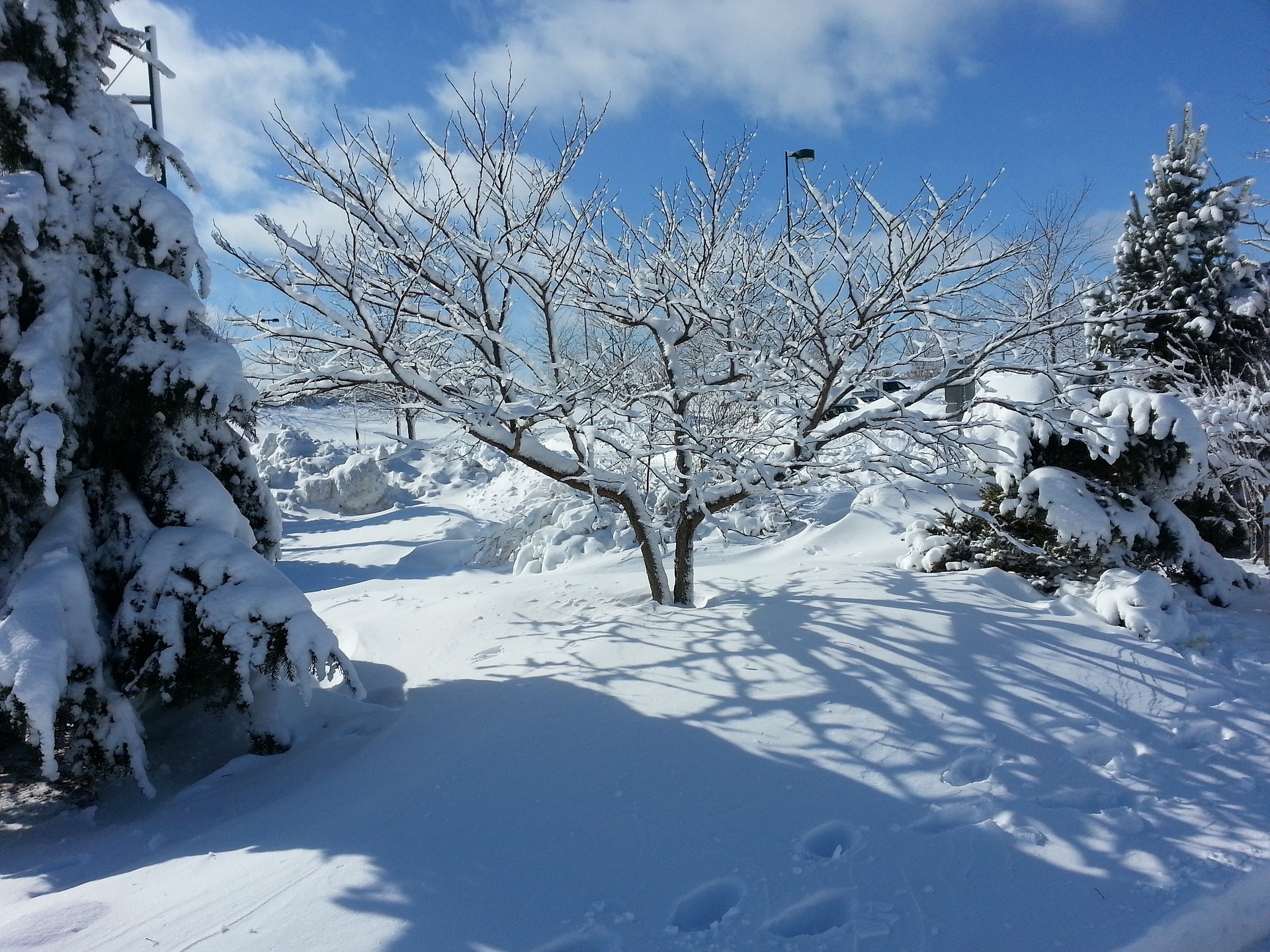
Even small trees, like this redbud (Cercis canadensis) need room to grow.
Why Planting a Smaller Tree May be the Best Option
The most important factor to think about when you’re choosing which size tree to buy is its growth rate once it’s planted.
PRO TIP: While a big tree will give you dramatic results from the moment it’s planted, a younger, smaller tree planted at the same time may end up outstripping it by growing taller, faster.
In general, young trees:
- Get over transplant shock faster than an older, larger tree. This means they will increase their energy stores faster and use those reserves to grow up and out.
- Will establish and extend their root systems The larger and more extensive a root system, the more water and nutrients a tree’s roots can locate and use for growth.
- Will grow faster, and reach a greater height and spread, faster, than an older tree. Because a young tree quickly gets into “growing mode” after you transplant it, it will increase its height and develop its crown spread at a faster rate than a more mature tree.
So, while you may be impatient for a filled-in, “finished” landscape, you might want to take a slightly longer view and consider the benefits of planting a smaller tree. You might be surprised at how fast it turns into a big tree!
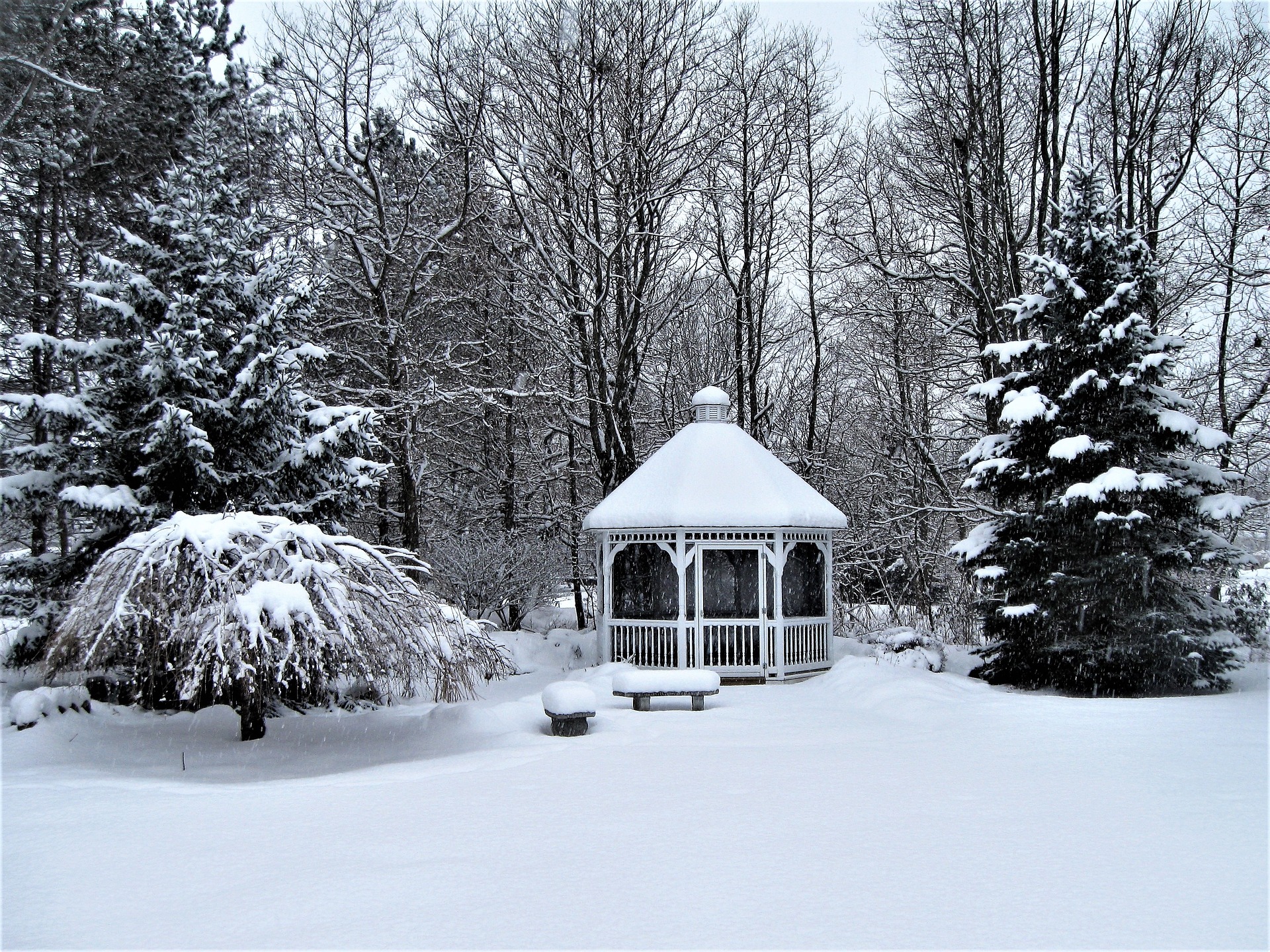
Some properties have room for a variety of trees, with many different types and sizes. This can keep your yard interesting in all seasons.
NEED HELP CHOOSING THE RIGHT SIZED TREE?
The ISA Certified Arborists at Independent Tree can answer all your tree-related questions! Give us a call at 440-564-1374 to schedule a visit. We’ll evaluate your landscape and advise you on what trees will work best on your site to give you the results you want. Our experienced crews can plant just the right tree in the right place to give it the best chance of thriving. And if you have a tree you love but wish it were somewhere else, we may be able to transplant it for you, too.Recent Articles
Topics
About The Author

STAY IN THE LOOP
WITH OUR
LATEST UPDATES
"*" indicates required fields

